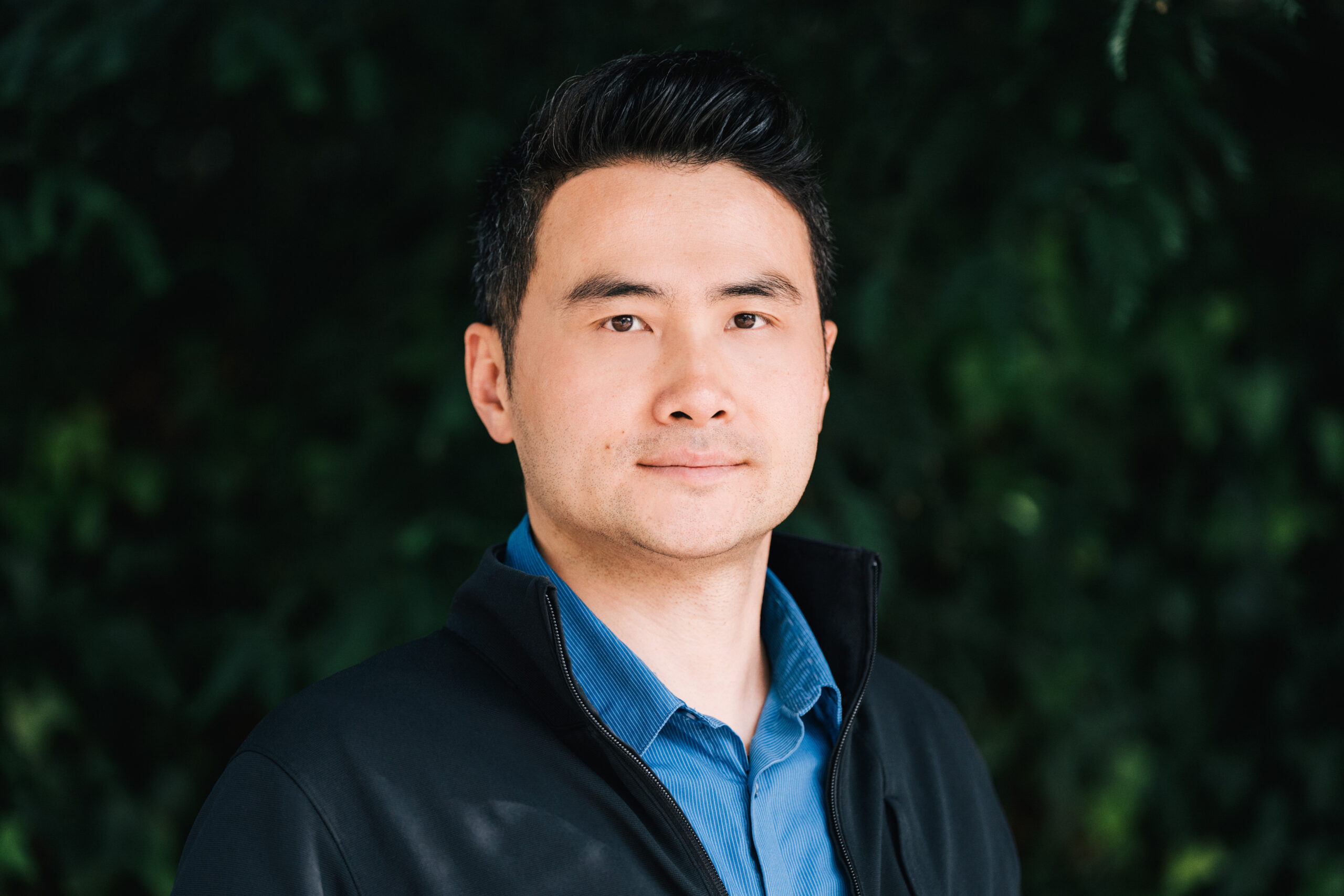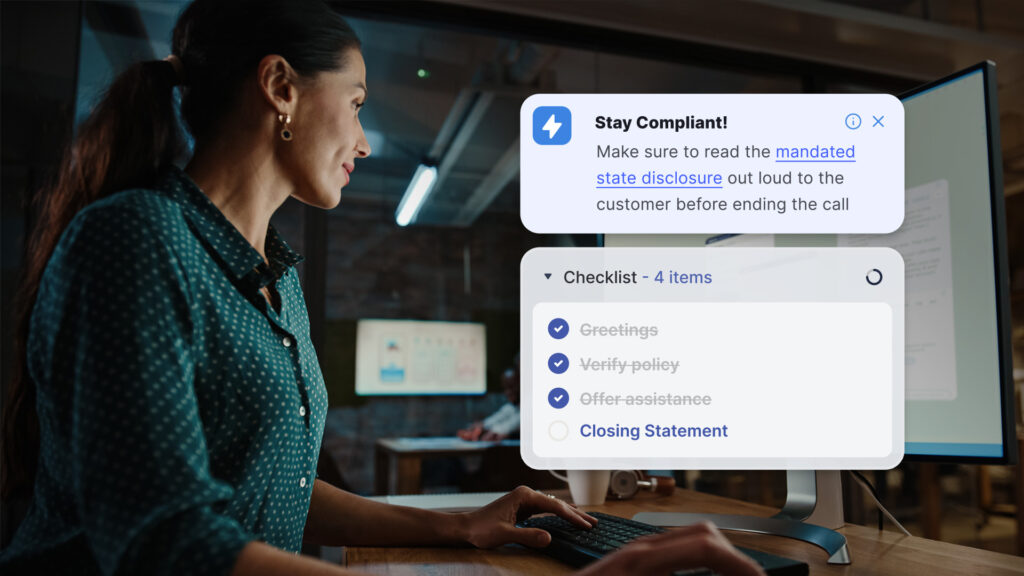
The contact center is ripe for transformation. Too often, customer service calls are frustrating — not just for customers, but also for agents and the companies they represent. What should be an opportunity to build loyalty and reduce costs frequently becomes a pain point. Cresta is reimagining this experience with a comprehensive generative AI platform that seamlessly integrates human and AI agents to elevate customer conversations, drive efficient workflows, and improve sales conversion rates. By delivering real-time insights and surfacing behavioral best practices, Cresta empowers organizations to scale exceptional service across their teams while automating routine tasks through AI.
Ping Wu joined Cresta in 2021 and stepped into the CEO role two years later. Before that, he spent 14 years at Google, where he co-founded the Contact Center AI Solution and led the development of its conversational AI products. We recently sat down with Wu to explore his vision for Cresta, the evolving role of generative AI, and his long-standing fascination with transforming the customer experience.
What attracted you to join Cresta after so much success at Google? What potential did you see?
There was a lot that drew me in. I really aligned with the founders’ vision. To step back a bit—I spent 14 years at Google. I started in late 2007 as the second engineer in the mobile ads group, right around the time the iPhone launched. There wasn’t even an App Store yet. So, I was fortunate to help scale that business to thousands of apps. Then I joined the cloud AI team and helped start what became contact center AI, as well as the Vertex AI platform—both of which have done quite well. I gained a lot from my time at Google and really enjoyed it.
But at some point, I started thinking about change. I’d been a Googler my entire career. Around early 2021, I began looking for a smaller, faster-moving environment—still rooted in my deep passion for AI and the transformation of contact centers. That’s how I found Cresta.
The company is backed by top-tier investors, and what impressed me most was the progress the team made—from starting from the Stanford AI Lab to tackling real-world enterprise deployments for companies like United Airlines, Cox Communications, and more. That’s not easy. But they were doing it. And their vision completely aligned with mine.
Can you talk more about what that vision is?
“The vision is really about empowering people—democratizing knowledge and expertise, and unlocking the potential of humans and AI working together.”
It’s not just about automation using AI agents; it’s about augmentation as well. The idea is that AI can support and learn from humans, and over time take on repetitive or routine tasks.
When people first hear about contact center AI, they think about chatbots and voicebots. But it’s really about an entire transformation of workflows in the contact center — not just interactions with customers but an entire AI nerve system that understands all those interactions and then leverages that knowledge, and the human expertise, and learns from it. The result is AI transformation across the interactions, quality assurance, coaching, training, customer insights, really the entire customer journey. It’s a lot — contact center workflows touch both the front office and back office, and we’re rethinking all of these operations with AI from a first-principles perspective.
Contact centers have a real scarcity problem—there aren’t enough highly skilled, expert agents. AI can help bridge that performance gap by amplifying what humans can do, while freeing them up to focus on building trust and relationships with customers.
You obviously had a lot of experience in contact center AI at Google. How has that experience shaped your leadership at Cresta?
One big lesson from Google is that automation alone isn’t enough. At Google, we initially approached contact centers with an automation-first mindset. But I quickly learned that that is not a complete solution. Augmentation — AI working alongside humans — is equally critical. I wrote a piece about this on LinkedIn: “Contact Center AI: Augmentation vs. Automation is a False Dichotomy.”
“You really need to form a feedback loop with AI and humans. It should constantly help humans, while also learning from them”— across potentially thousands of agents in an enterprise.
Only with that loop can AI keep improving and adapting to changes in the business. It’s not a standalone black box. It has to observe workflows, amplify them, and evolve based on human input. That insight really shaped our strategy at Cresta. We started by focusing on the human side — agent coaching and co-pilot tools. Since then, we’ve expanded into building AI agents. But even those AI agents learn from the human agents first.
What’s been the biggest challenge since joining Cresta, and how did you tackle it?
The biggest challenge has been the noise in the market. If you ask IT or business leaders about where AI can have the biggest impact in the enterprise, customer support is often the first thing they mention. That means it’s a crowded space, with lots of startups and major tech players.
At Google, I benefited from a strong brand and an established ecosystem. Distribution was easier—there were existing customers and partners, and people trusted Google Cloud. Once I left that ecosystem, I realized how hard enterprise sales really can be.
I had to learn how to clearly communicate value and stand out. That meant sharpening our messaging, building strong solution marketing materials, working closely with customers to develop use cases and success stories — all things I didn’t need to lean into as much at Google, but that became critical outside of it.
Where do you see AI in customer service going over the next five to ten years?
I see the evolution in three stages. First, a lot of technology we see today will get better. There will be continued incremental improvements in core technologies like speech-to-text and text-to-speech. These systems are already much better than they were five years ago, and they’ll become nearly indistinguishable from humans in both recognition and voice generation.
Second, we’ll see further breakthroughs in agentic capabilities. Today, contact center AI can hear and speak, but it can’t really “see” or interact with interfaces like a human would. But humans use their eyes and hands—we look at screens, click, and type. In five years, AI agents will be able to do that too: seeing, clicking, typing—just like a person. No special integration required. AI will simply work in the same environments humans do.
Third, customer experience will transform through memory. We’ll be able to remove silos. Right now, when you call a business, you have to re-authenticate yourself every time. It’s like talking to Dory from Finding Nemo. But AI will soon remember everything about your prior interactions, even across channels. That will allow for more personalized, proactive support — maybe even reaching out to you before you reach out to them. This will likely happen sooner than later.
And I’m assuming Cresta is already building for these trends?
Absolutely. Our voice AI agent already benefits from incremental improvements in speech recognition and generation. We’re also working on co-pilot tools that take input from voice and use it to navigate systems—pulling knowledge articles, entering data, and so on. Eventually, our AI agents will be able to see the screen, understand what’s on it, and act accordingly—clicking, typing, closing tabs, opening tickets, all on their own.
We’re also building centralized memory into the customer journey—removing data silos to have a single view of the customer, so they have a very consistent customer experience that uses AI to drive every interaction they have with a company.
Ping Wu’s vision for AI-powered customer service is bold, human-centered, and already reshaping the industry. But what sparked his passion for contact centers—and where is Cresta headed next?
In Part 2, we uncover the personal story behind the mission, explore Cresta’s latest breakthroughs, and look ahead to the future of AI agents that can see, think, and act. You won’t want to miss it.



